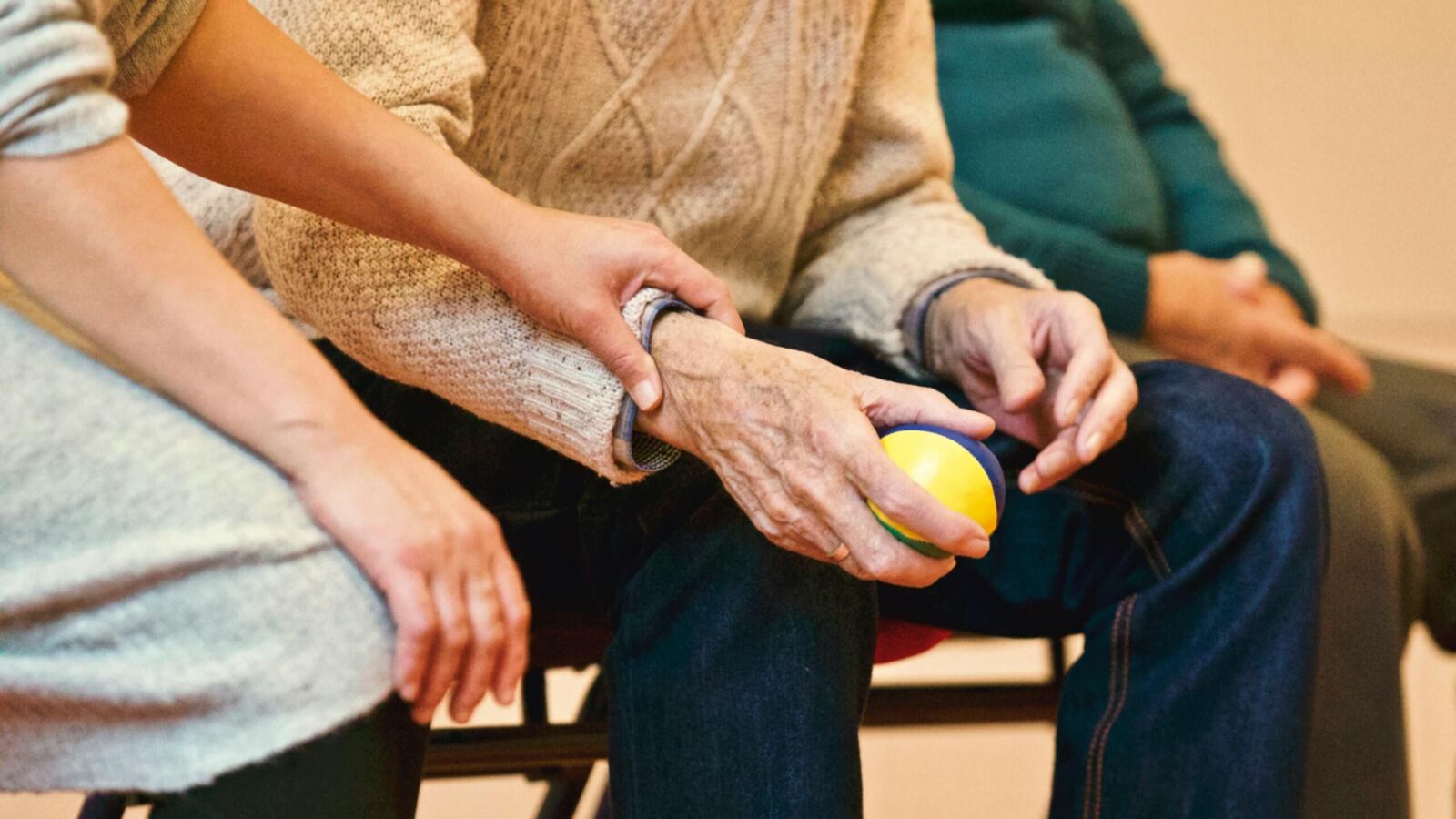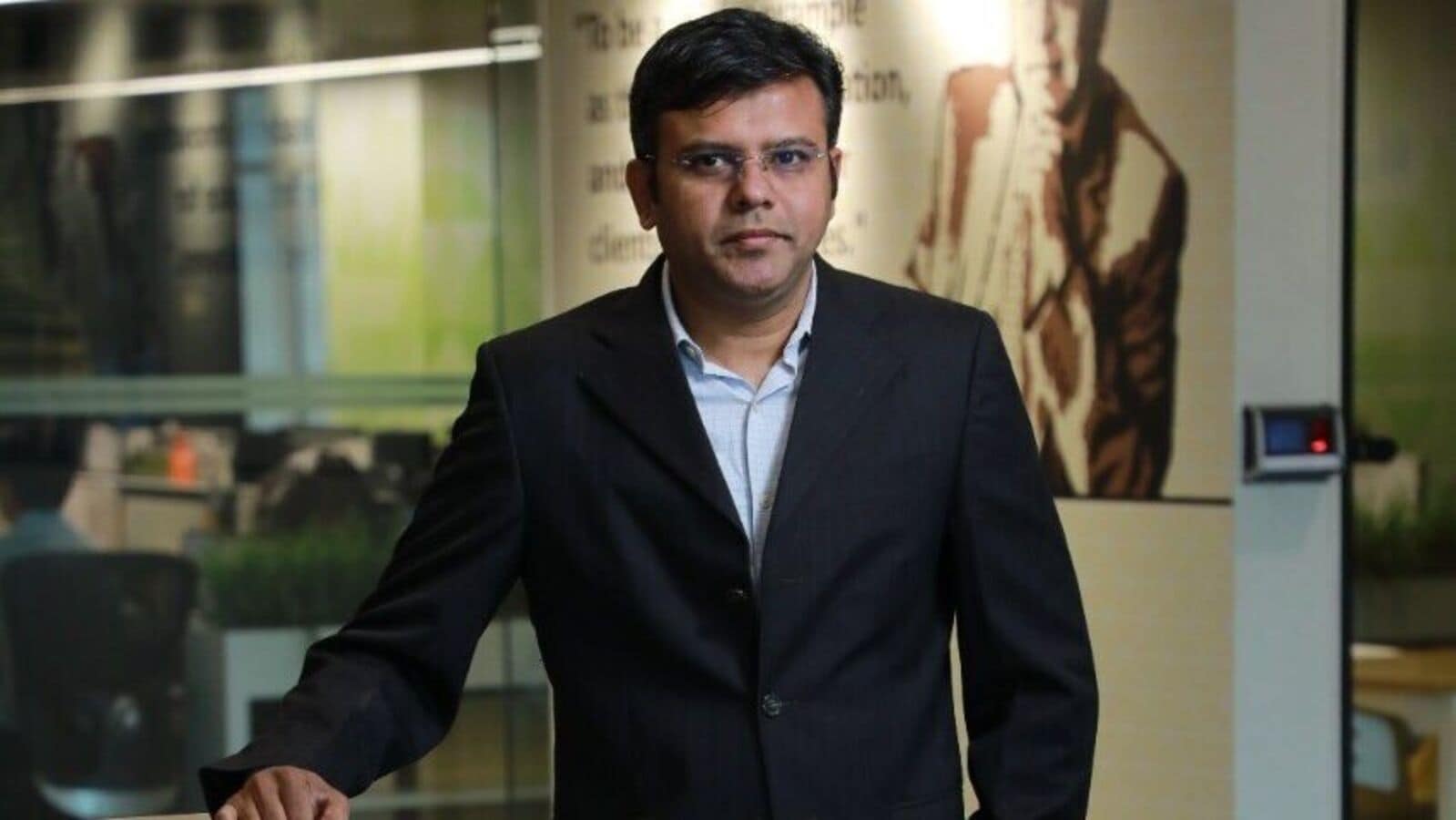[ad_1]
According to Udaya Kumar Hebbar, managing director, collections were delayed due to a combination of movement restrictions during the general elections, and more borrowers turning untraceable as they moved to cities. Stress owing to migration was visible in states like Rajasthan, Gujarat and Madhya Pradesh, Hebbar said.
Earlier, Kotak Mahindra Bank and Ujjivan Small Finance Bank too had flagged stress pockets in their microfinance businesses.
Drought and heatwaves took their toll in some areas, Hebbar said. India witnessed a scorching summer this year, with temperatures touching 50 degrees. A UN report on 27 July said India reported 40,000 cases of suspected heat strokes and over 100 deaths till mid-June this year.
“We observed different kinds of stress; at some places, it was migration in search of jobs and in some, it was a case of borrowers being overleveraged. These are transitory in nature and should return to normalcy in the next two to three months,” Hebbar said.
Harder recovery
When people migrate to cities, it becomes harder to track them and recover loans, Hebbar said. “They may come back later, but they would have turned non-performing assets (NPAs) by the time they return, and it is a common phenomenon in villages that during summer, people go to cities and after the rains, they return to the villages,” he said.
CA Grameen’s problem is not an isolated one. Private lender Kotak Mahindra Bank has seen delinquencies and collection setbacks in parts of Tamil Nadu, Madhya Pradesh, Maharashtra, Uttar Pradesh and Rajasthan. Manish Kothari, head of commercial banking at Kotak Mahindra Bank said these are all areas which may have been affected as the monsoons were pretty erratic last year with floods and pockets of drought.
Also read | Bandhan Bank’s asset quality issues, high credit cost keep investors on edge
“Then, of course, there has been an impact of (the) heat wave in the first quarter of this year and some degree of restricted movement of people during the course of election and hence, some of the northern states were hit largely because of that. Pockets of Tamil Nadu, Maharashtra, Madhya Pradesh were (impacted) because of monsoon as well,” Kothari told analysts on 20 July.
Another lender Ujjivan Small Finance Bank recently reduced its loan growth guidance for FY25 to 20%, from 25% earlier. This was reported to be on the back of stress in certain areas.
Outstanding loans rising
Credit bureau Crif High Mark highlighted the rising delinquency in a report in June. Microfinance loans with repayments overdue between 31 and 180 days rose to 2.1% of the overall book in March, the report said, up from 2% in December. Total outstanding loans in the sector stood at ₹4.4 trillion as on 31 March, up 26.8% from the same period last year.
CA Grameen’s gross bad loan ratio, measured as loans that are overdue by more than 90 days, was at 1.13% as on 30 June, up from 0.94% as on 31 March. “We provide for loans as NPA at 60 days, as against 90 days by the industry norms. Because we recognize early, our credit cost is comparatively higher,” Hebbar said.
Experts said many borrowers have become over-leveraged due to a mushrooming of unregulated lenders. While the regulator has issued guidelines that monthly loan repayments should not exceed half of the overall household income, unregulated entities would not be as compliant.
Somesh Dayal, deputy director at microfinance industry body Sa-Dhan said that after covid-19, there has been rising demand for credit among people looking to raise their standard of living and start new jobs and build homes; at the same time, many new financial entities are serving these customers.
Also read |
“There is also a growing presence of unregistered and unofficial financial organizations offering quick and easy loans to clients who fall below the regulatory radar. We have also noticed incidents of fraud, cybercrime, and ring leaders (those taking loans through others) and all these have led to stress in a few pockets,” said Dayal.
However, the microfinance sector is well-managed with proper checks and balances, a robust industry code of conduct, two self-regulatory organizations, with enforcement mechanisms and grievance redressal cells and RBI audits at regular periods, said Dayal. Apart from Sa-Dhan, the other self-regulatory organization is MFIN or Microfinance Institutions Network, which declined to comment.
[ad_2]
Source link





